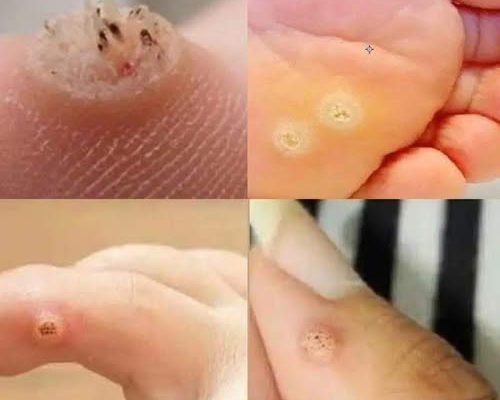Early Signs of Skin Cancer You Shouldn’t Ignore
Most of us have moles, freckles, and skin marks. While most are harmless, some changes can signal melanoma or other forms of skin cancer. The good news? When caught early, treatment is usually very effective. Awareness, self-checks, and regular dermatologist visits are the best tools for peace of mind.
What Is Melanoma?
Melanoma begins in melanocytes, the pigment-producing cells of the skin. It is less common than basal or squamous cell carcinoma but far more dangerous if it spreads. Each year, more than 100,000 new cases are diagnosed in the U.S. The survival rate is over 99% if caught early, underscoring the importance of paying attention.
The ABCDE Rule
Dermatologists use the ABCDE guide to evaluate moles:
-
A – Asymmetry: halves don’t match.
-
B – Border: uneven or jagged edges.
-
C – Color: multiple or unusual shades.
-
D – Diameter: larger than 6mm, though smaller melanomas exist.
-
E – Evolving: any change in size, shape, or symptoms like bleeding or itching.
Other Warning Signs
Look for new spots after age 30, sores that won’t heal, shiny bumps, or rough, scaly patches on sun-exposed skin. Remember—early cancers often don’t cause pain.
Who Is at Risk?
Risk rises with fair skin, light eyes, frequent sunburns, family history, weakened immunity, or many moles. But darker skin tones are not immune and may face delayed diagnosis.
Protecting Your Skin
Check your skin monthly, visit a dermatologist yearly, and use SPF 30+ sunscreen daily. Wear hats and protective clothing, and avoid tanning beds.
Myths That Mislead
Skin cancer affects all skin tones. A painless mole isn’t always safe, and cloudy days still allow UV rays through. A tan isn’t protection—it’s damage.
Final Thoughts
You don’t need to fear every freckle. Instead, notice changes with care and courage. Early action is powerful—and it can save your life.



